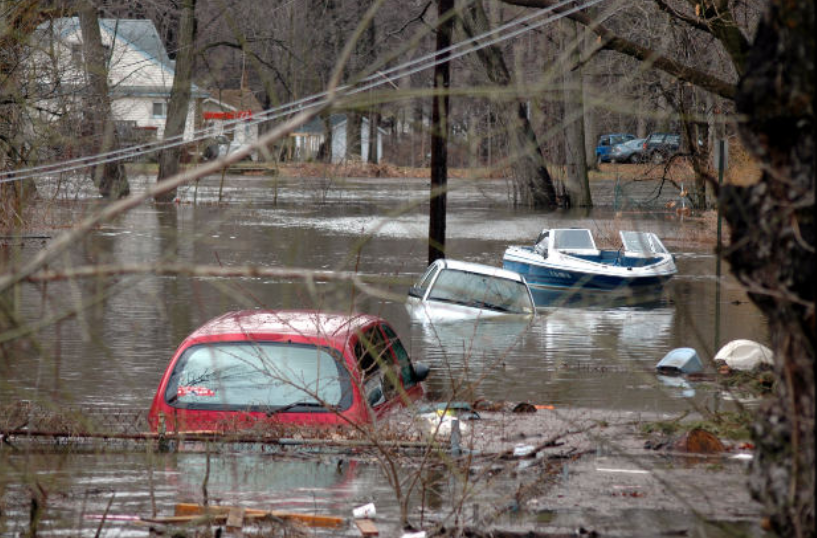Many parts of the country were already in “full disaster recovery mode” when Hurricane Florence hit the East Coast last weekend. The Texas Gulf Coast, the state of Florida, Puerto Rico and the Virgin Islands are all still rebuilding after weather-related disasters. Now the East Coast region resembles a war zone.
Flooding has been widespread as a result of recent hurricanes and historic amounts of rain have been recorded – more than 51 inches in some places. In North Carolina, rivers are at all-time highs and dams have been breached. Full recovery costs will be astronomical and residents will wait years for full recovery.
As devastating as the deaths and damages are, another staggering reality is the fact that there will not be adequate funding to cover all the needs. Infrastructure damages, the repair of utilities, water systems, buildings and housing will all require huge outlays of funding.
Damage costs in the Houston area alone are estimated to be as high as $180 billion. State and local leaders throughout the U.S. are discussing resiliency efforts so that if such an event occurs in the future, their regions will be better protected. The federal government is again considering legislation that would provide federal funding for mitigation projects before disasters occur. Supporters of such legislation argue that the funding is justified because by funding as much as 85 percent of mitigation projects, the costs are much less (by a factor of six) than paying for the cost of rebuilding after a disaster.

Health issues become an immediate priority in disasters. In Johnston County, North Carolina, rain and floodwaters from Florence sent approximately 110,000 gallons of untreated wastewater into branches of Holts Lake and the Neuse River. The result was that wastewater that had not been treated for pollutant removal entered fresh water tributaries. When situations like that occur, there is the danger of transferring disease-carrying organisms to water systems. At the other end of the spectrum, California’s wildfires have created air quality problems so significant that citizens were warned to stay indoors.
Puerto Rico lost at least one-fourth of the island’s schools and 60,000 students were displaced. Because students there are still sharing facilities, some children are able to attend school only half a day.
Freight and rail industry officials in affected East Coast states fear that portions of rail infrastructure could be washed out or destroyed. Flooded rail lines will be inoperable until inspections can occur.
After the devastation caused by Harvey, Houston and Harris County officials were able to pass a $2.5 billion bond package. The funding will be allocated to more than 230 flood control projects and the hope is that federal mitigation funds will also be available. Even so, the revenues won’t cover what will be required for all the rebuilding.
A “Florida Future Fund” has been proposed and is gaining support in the Sunshine State. The program, if passed, will include both public and private funding, and will be allocated for transportation and energy infrastructure upgrades, flood protection and other resiliency needs.
Whatever occurs in the near future, it is incumbent on citizens and taxpayers to take note of changing weather patterns and the challenges that result for state and local elected officials. Those opposed to public-private partnerships and private-sector investment in public projects should ask where the funding can be found if not through collaborative efforts.
SPI’s government contracting consultants assist firms of all types in selling to government. Contact them today.






